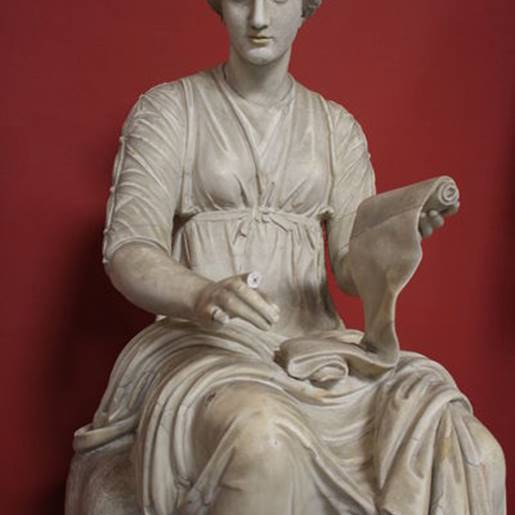
Muse
The Muses, according to the earliest writers, were the inspiring goddesses of song, and, according to later noticus, divinities presiding over the different kinds of poetry, and over the arts and sciences. They were originally regarded as the nymphs of inspiring wells, near which they were worshi...
archaeologs EnglishMythology, Goddess Names
EnglishMythology, Goddess Names